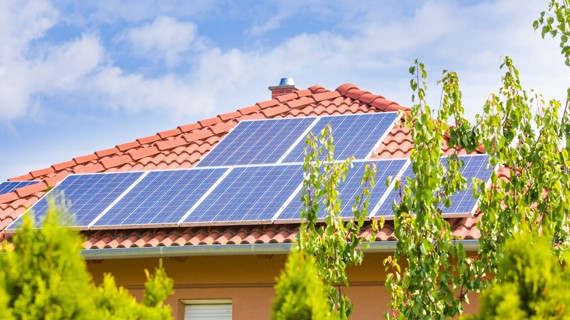Why must the public sector prioritise net zero solutions in their construction projects?
Why is decarbonisation so necessary?
The effects of global warming are apparent. A continued increase in carbon emissions will have implications for everyone. Globally, we would see more erratic atmospheric changes resulting in fires, harsher rain, contamination of food sources and dreadful air quality resulting in more health issues.
What steps can the public sector take to help with decarbonisation?
As more energy-efficient and sustainable options are now emerging in the construction industry; housing authorities, NHS, schools and any other public sector organisations need to consider the following solutions in any future construction projects to support the net zero targets:
- Ground Source Heat Pumps
This is a great sustainable way to source heat. A ground source heat pump takes the thermal energy from the ground below us through pipes. The heat is then bought to the surface and distributed around the property through radiators or underfloor heating.
- Solar Thermal Systems
Solar thermal systems can use one of two different types of collectors on the roof to obtain sunlight energy. The energy is generally stored as heated hot water for later use, although there are some variations on occasions.
- Solar PV
Solar PV systems generate electricity for use within the property, they are now more commonly being combined with a battery storage system to increase further benefits for the `Prosumer` (owner of the installed system). These systems also help minimise strain on the existing national electrical distribution infrastructure.
- External and Internal Insulation
If a property is not adequately insulated, it facilitates heat loss, requiring more energy to keep it warm. According to northern energy, ‘poor wall insulation accounts for 35-45% of heat loss in the home.’ Conversely, the correct type of insulation will increase the temperature and decrease the amount of heating required resulting in reduced CO2 emissions and heating bills. There are a few ways you can insulate a home or building, such as the right type of cladding or spray foam.
- Ventilation
Ventilation is often overlooked and must be considered an integral part of energy efficiency. As buildings and homes become more airtight, there is an increasing need to ensure sufficient air changes still occur to achieve suitable indoor air quality.
- Lighting Controls
Adjusting the amount of light required to suit the mood of a room means that lighting is not wasted unnecessarily, resulting in saving energy. Modern lighting can also have smart controls such as occupancy sensors.
- Other Energy Efficiency Measures
Click here for other energy-efficient measures to future-proof your construction projects.
How can CPC help you construct energy-efficient and sustainable buildings?
CPC offer the Energy Efficiency (N8) framework, which is fully OJEU compliant. The N8 framework enables you to source specialist suppliers to complete your construction projects. With over 50 years of experience in procurement, LHC can be trusted to provide you with technical expertise quickly and efficiently, taking the stress away from you. Click here to read how our Energy Efficiency (N8) framework benefited Chelmer Housing Partnership (CHP).
If you’d like to find out how we can help you achieve energy-efficient buildings, contact Adam Durrance, Client Support Manager for the Midlands, on 07538 829 237 or Lisa Morris, Client Support Manager for the North East, on 07908 090 154 or Julia Cooke, Client Support Manager for the North West, on 07534 926 222.
Let’s work together to embrace a net zero world by constructing energy-efficient buildings.
Follow our hashtag #LHCNetZeroConstruction


